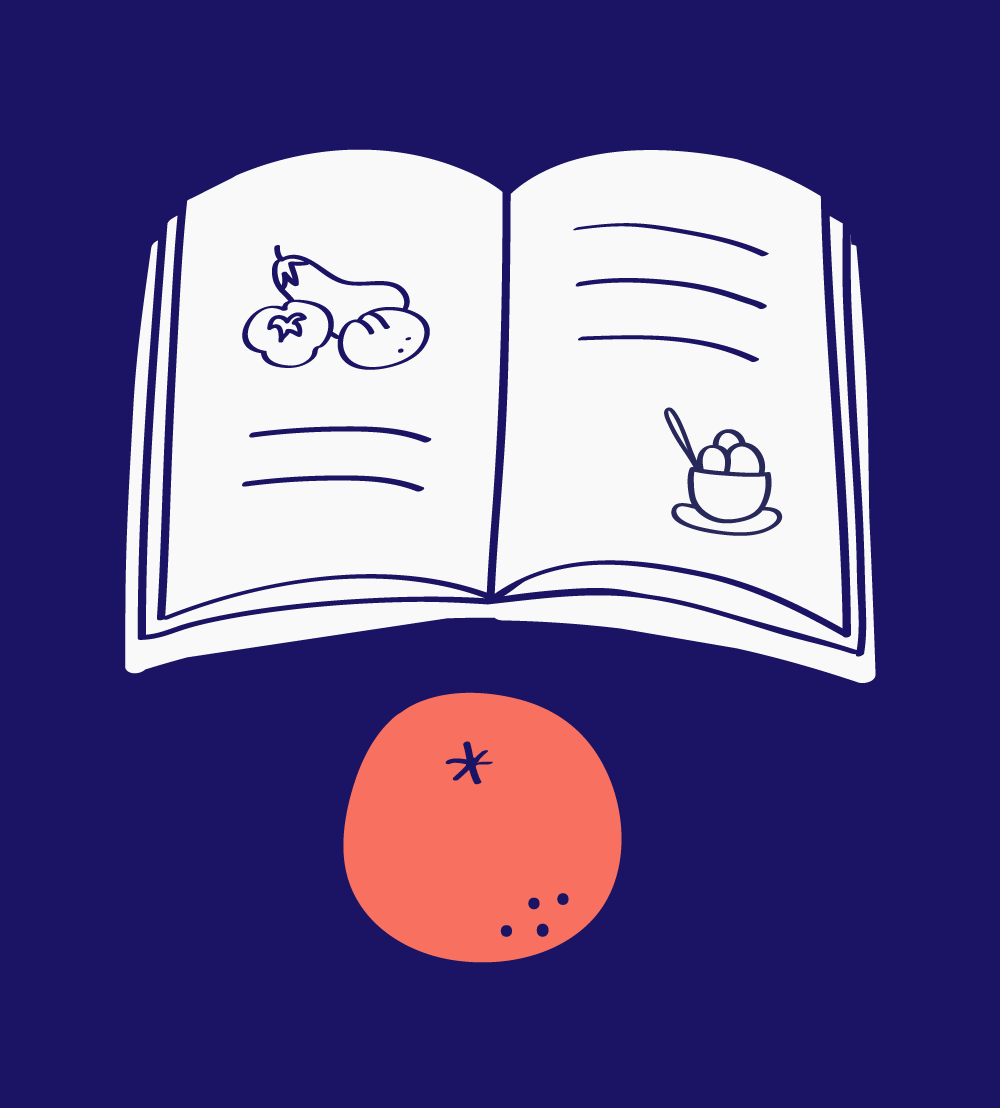

Now that we’ve looked at several ways in which audiences can engage with you and your work, let’s consider what it all means and how you can make sense of it.
First of all, what is audience data? Simply put, it’s information about who your audience is and how they behave. Audience data comes in handy both when your goal is to deepen your relationship with your audience or to reach new audiences, because it gives you detailed information on what works and what doesn’t.
Audience data can include the following information:
- Demographic data (e.g. age, gender, location, education level, profession)
- Information on their hobbies and interests (e.g. the kind of art they usually enjoy)
- Information on their behaviours (e.g. when they’re buying tickets to a show)
Audience data can be gathered from tools such as:
- Your website. Look for information on engagement, such as click-through rates and time spent on specific pages, as well as the demographic data of those visiting your website. A fairly simple tool to use for this is Google Analytics.
- Your social media channels. Business pages are particularly useful in that they have built-in analytics, but even personal accounts can yield a treasure trove of information.
- Your newsletters and other marketing emails. Most newsletter platforms have built-in analytics that allow you to see data on both customer engagement and demographics.
- Ticketing platforms. Most ticketing platforms gather at least demographic data, but keep in mind that GDPR applies here as well.
How to use audience data
There are various ways to use the data you’ve gathered, especially if you make use of CRM (customer relationship management) tools and the like that help you in managing all that data.
One particularly good way of using your data is specific audience targeting, that is, creating content tailored for specific audiences based on their interests and behaviours. For example, how to reach and – most importantly – attract audiences that normally don’t fall into your usual audience demographics? If you want to reach audiences who, for example, are hesitant about experiencing art, think about what other aspects of your work or event might interest them, and focus on that in your message.
This is also where you might want to look into the differences between B2B (business-to-business) and B2C (business-to-consumer). Simply put, B2B refers to marketing and transactions that take place between businesses while B2C refers to marketing and transactions that take place between a business and its customers.
These communications and transactions are not the same and should be treated differently; for instance, in practical terms, the promotion aimed at programmers is not (and should not be) the same as the promotion aimed at regular audiences. The materials you use should be tailored to each group (or even subgroup), which is again where the collected data comes in.
Audience data and specific targeting can also help you if you don’t have a big budget for communications or marketing and you have to optimise what you do have. For instance, if your marketing budget is small and you want to reach new audiences, don’t spend too much money targeting people who already know about you and your work and who would attend your performances anyway. Instead, if your goal is to reach new people or those who are less likely to attend your events, target those who are not your followers or subscribers or those who, according to the data, fall outside of your usual audience base.

Tips and things to remember:
- The more precise you get with your data, the more work it is.
- Do you have a database or are you relying on someone else’s (e.g. a theatre’s) database? If it’s the latter, remember that unless an audience member authorises the sharing of their data, you will not have access to it. A database of your own is more work, but it can also be worth the effort. However, keep in mind that if you do have your own database, you need to be familiar with and comply with GDPR.
- If you do rely on someone else’s database, you could also phrase the request for information in a different way. For instance, would you be more willing to share your own data if the authorisation is phrased as, “I accept that my data will be shared with third parties”, or if it’s phrased as, “I am interested in learning more about this artist’s work, please sign me up for their newsletter”?
- Various digital tools work together; you send out a newsletter, and then perhaps a day later your community will be reminded of an event or work via a post on social media. You can easily combine what you learn from the data with all kinds of online and digital tools.
- And remember: whenever you collect data, you’re required to follow GDPR!

Further reading
Data protection under GDPR
https://europa.eu/youreurope/business/dealing-with-customers/data-protection/data-protection-gdpr/index_en.htm
GDPR for Dummies: Simple GDPR Guide for Beginners
https://termly.io/resources/articles/gdpr-for-dummies/
General Data Protection Regulation (GDPR)
https://gdpr.eu/
Insights into Your Audience: How to Gather Data on Your Target Audience
https://www.jandlmarketing.com/insights-into-your-audience-how-to-gather-data-on-your-target-audience/
What is Audience Data and how it helps Marketing?
https://digitaluncovered.com/what-is-audience-data/
What is B2B and B2C?
https://www.one.com/en/online-marketing/what-is-b2b-and-b2c
What is CRM?
https://www.salesforce.com/crm/what-is-crm/










